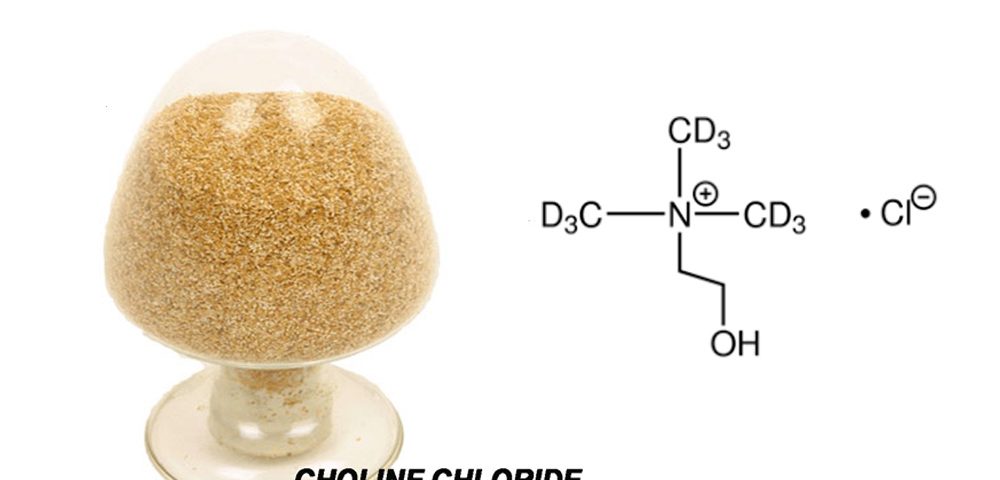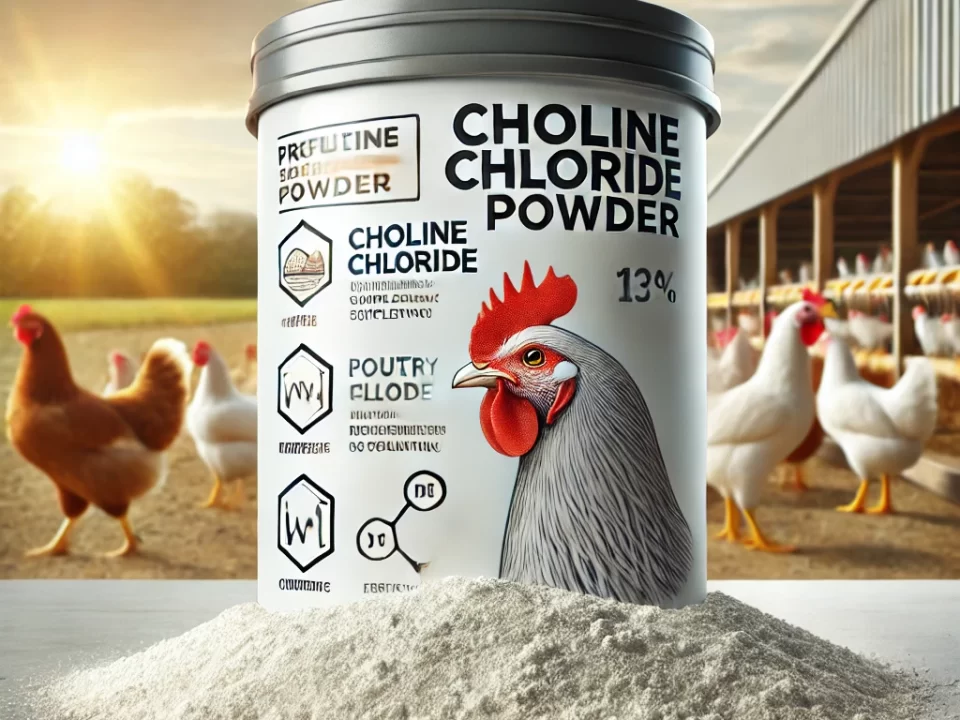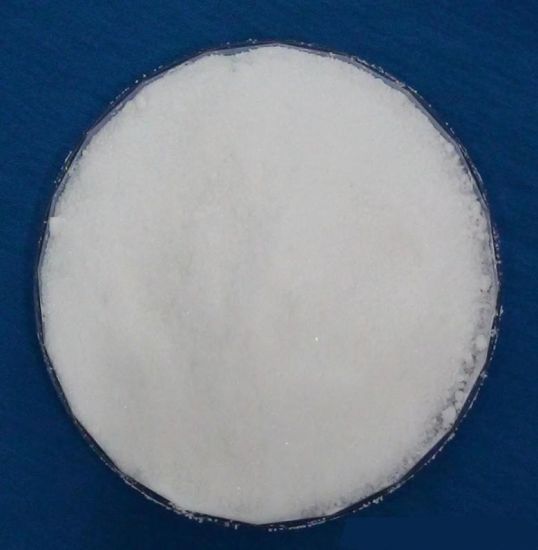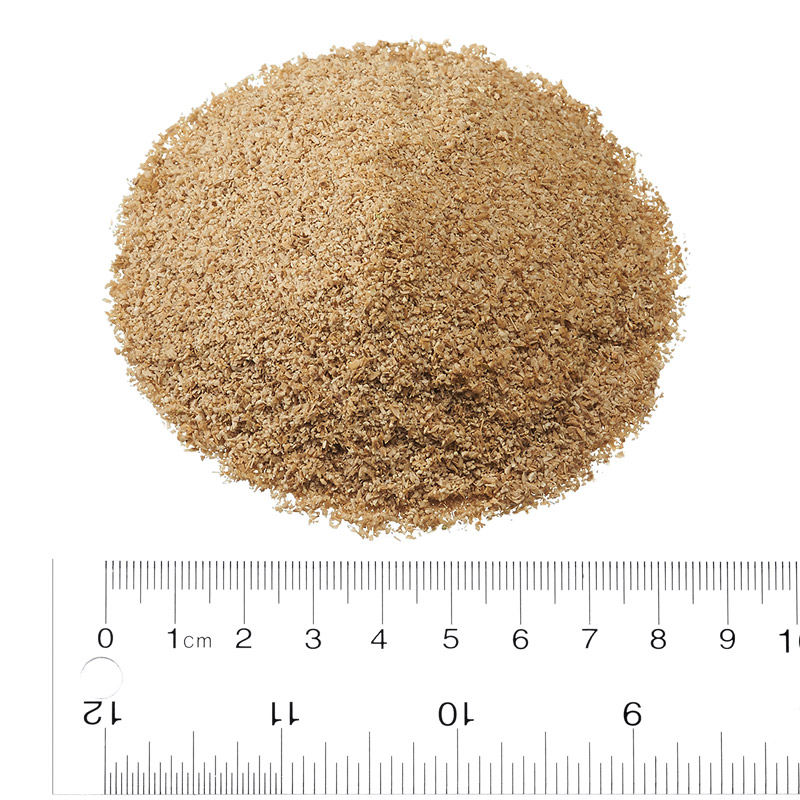Choline Chloride B-vitamins, poultry feed additive

vitamin folic acid,poultry feed addictive
October 7, 2017
corn gluten meal (Feed grade)
October 9, 2017Choline chloride is used as an important feed additive in animal species, especially chickens. Significant volumes of this compound are used in feed for poultry, swine, ruminant, aqua, pet, and horse. It is also known as vitamin B4 although it is required in a much higher level than vitamins. It helps to maintain cell membrane integrity and normal maturation of bone cartilages, thus preventing perosis.
Its other functions include prevention of abnormal fat accumulation, and as precursor of acetylcholine synthesis. Choline chloride is sometimes used as a supplement in human nutrition. Choline chloride is also effectively replacing potassium chloride in oil and gas industry, where it is used as a clay stabilizer. Choline chloride is environment friendly as a clay stabilizer as compared to potassium chloride.
A choline deficiency has been produced in several species of animals. In poultry, the deficiency is characterized by a fatty degeneration of the liver, a reduced rate of growth, perosis and, in mature birds, a decrease in egg production and hatchability. In swine, a deficiency results in a reduced rate of growth, uncoordinated movements, reduced number of total and live pigs per litter, fatty degeneration of the liver and kidney damage.
Corn and other grains are poor sources of this vitamin. For this reason, practical diets for poultry and swine should be supplemented with choline. The most common source of choline for animal diets is choline chloride, which on a pure basis contains 86.79% choline.
Animal Feed
Natural feedstuffs do not contain a consistent amount of choline, nor is the amount present predictably bioavailable due to variations in crop growth conditions (see reference 5). Because livestock have a physiological need for choline, manufacturers add it to their animal feeds in the form of choline chloride. They typically add choline chloride as a 70 percent solution to cereals to enhance the nutrient supply for poultry, pigs and other livestock. Choline chloride helps prevent liver enlargement in chicks, as well as perosis, a condition in poultry that can lead to leg bone deformity. Choline specifically acts to prevent fatty liver syndrome and helps in the formation of the neurotransmitter, acetylcholine, maintaining proper nervous system functioning.
Composition:
Choline Chloride, Roughage Carrier
| Specifications | |
| Choline Chloride Content: | 60% minimum (Equivalent to A Minimum 448,000mg/kg Choline) |
| Moisture: | 2.0% maximum |
| Characteristics | |
| Apparent Density | 416.5 to 480.6kg/m3 (26 to 30lbs/ft3) |
| Particle Size – below 850 um (less than 20 mesh) | 70% Minimum |
| Odour | Grainy with slight amine odour |
| Colour | Light to tannish brown |
| Angle of repose (less than 2.0% moisture) | 30 degrees |





